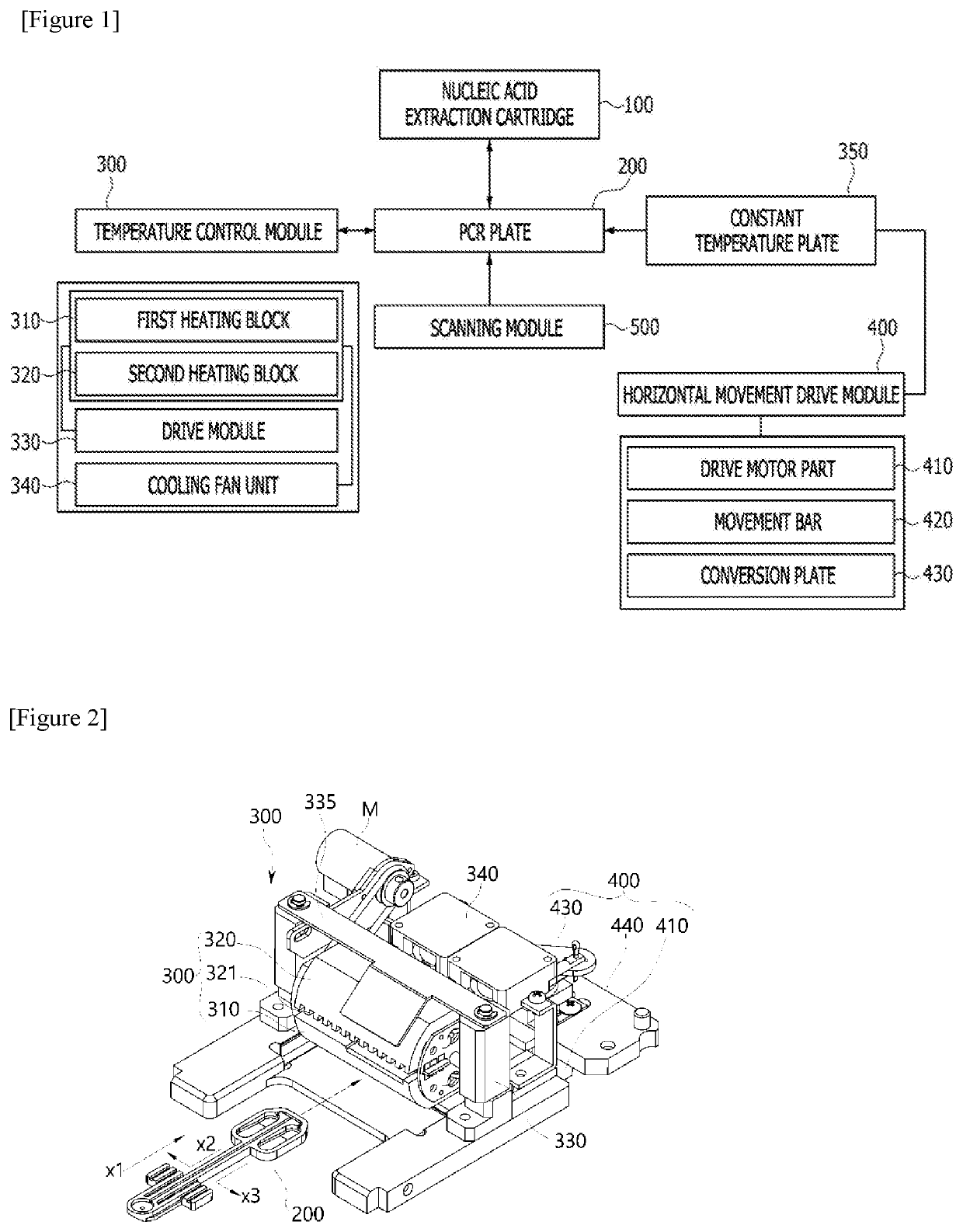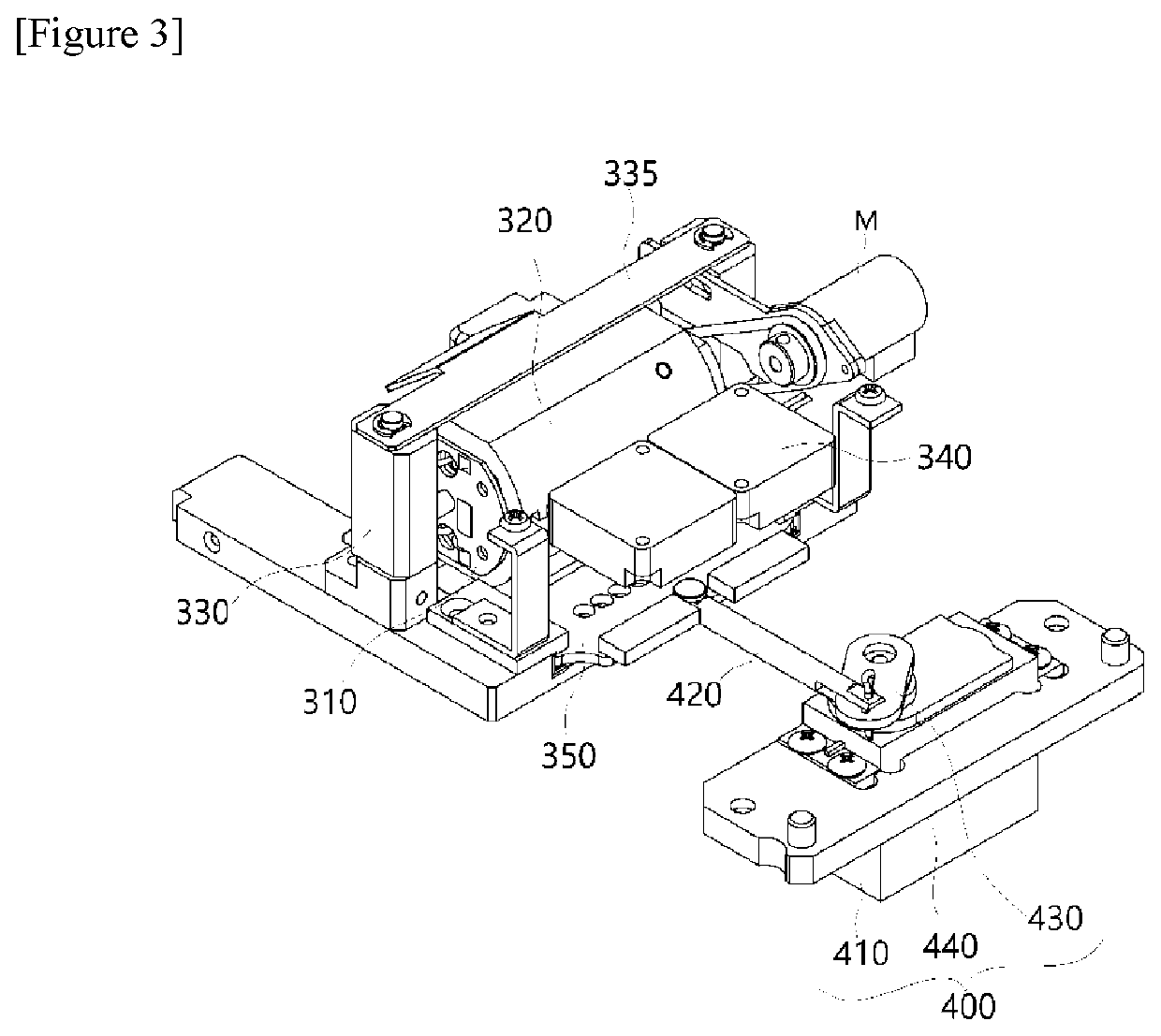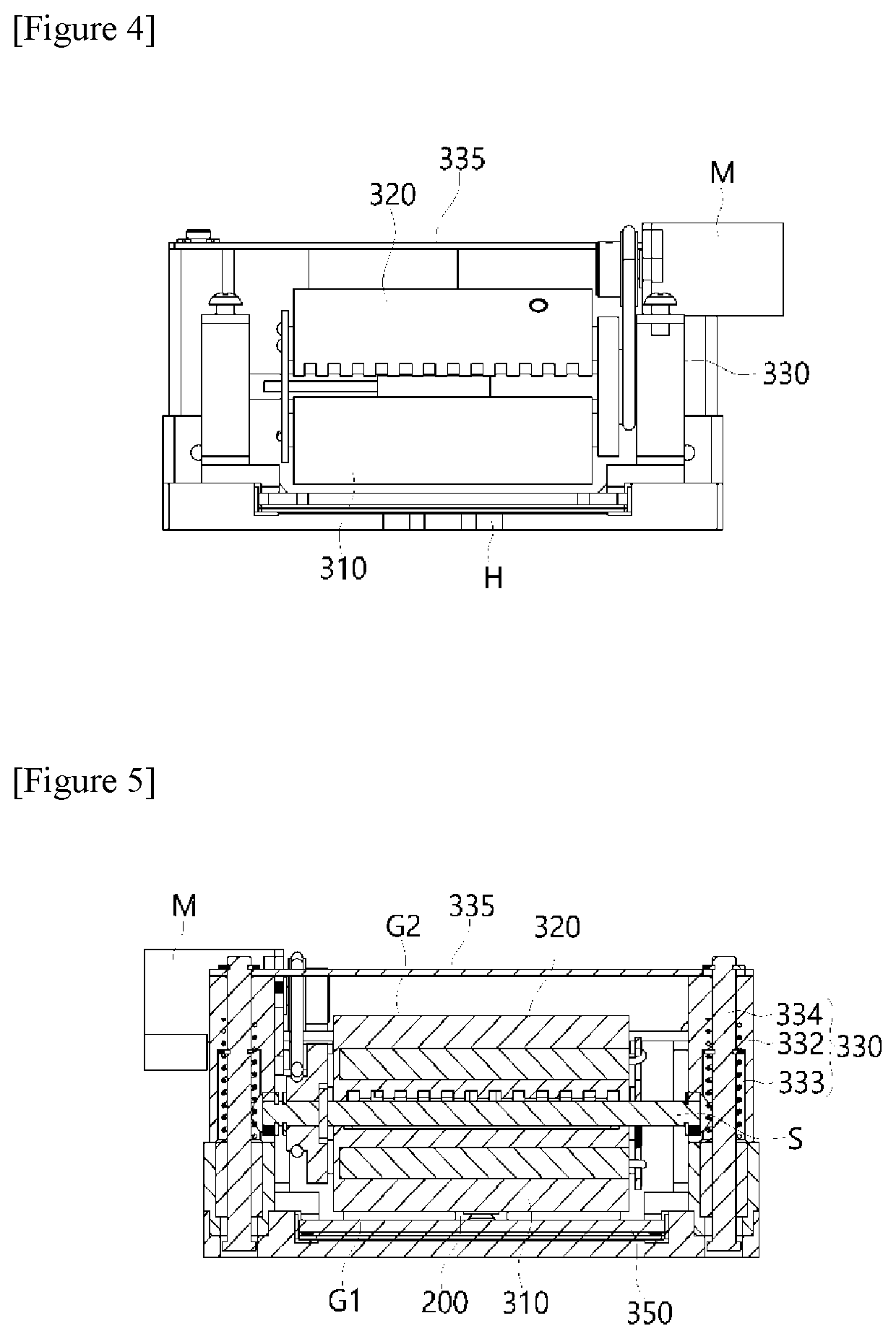Polymerization enzyme chain-reaction system
- Summary
- Abstract
- Description
- Claims
- Application Information
AI Technical Summary
Benefits of technology
Problems solved by technology
Method used
Image
Examples
Embodiment Construction
[0057]These and other advantages and features of the present invention and method of achieving them will be apparent from the following description of preferred embodiments, with reference to the accompanying drawings. However, the present invention is not limited to the following embodiments and may be embodied in various forms. That is, the exemplary embodiments of the present invention provided herein play a role in making the disclosure of the present invention complete, and are provided to inform a person who has ordinary knowledge and skill in the art to which this invention belongs of the scope of the invention.
[0058]The terminology used herein is for the purpose of describing particular embodiments only and is not intended to be limiting of the exemplary embodiments. The singular forms “a,”“an” and “the” are intended to include the plural forms as well, unless the context clearly indicates otherwise. It will be further understood that the terms “comprises,”“comprising,”“incl...
PUM
 Login to View More
Login to View More Abstract
Description
Claims
Application Information
 Login to View More
Login to View More - R&D
- Intellectual Property
- Life Sciences
- Materials
- Tech Scout
- Unparalleled Data Quality
- Higher Quality Content
- 60% Fewer Hallucinations
Browse by: Latest US Patents, China's latest patents, Technical Efficacy Thesaurus, Application Domain, Technology Topic, Popular Technical Reports.
© 2025 PatSnap. All rights reserved.Legal|Privacy policy|Modern Slavery Act Transparency Statement|Sitemap|About US| Contact US: help@patsnap.com



